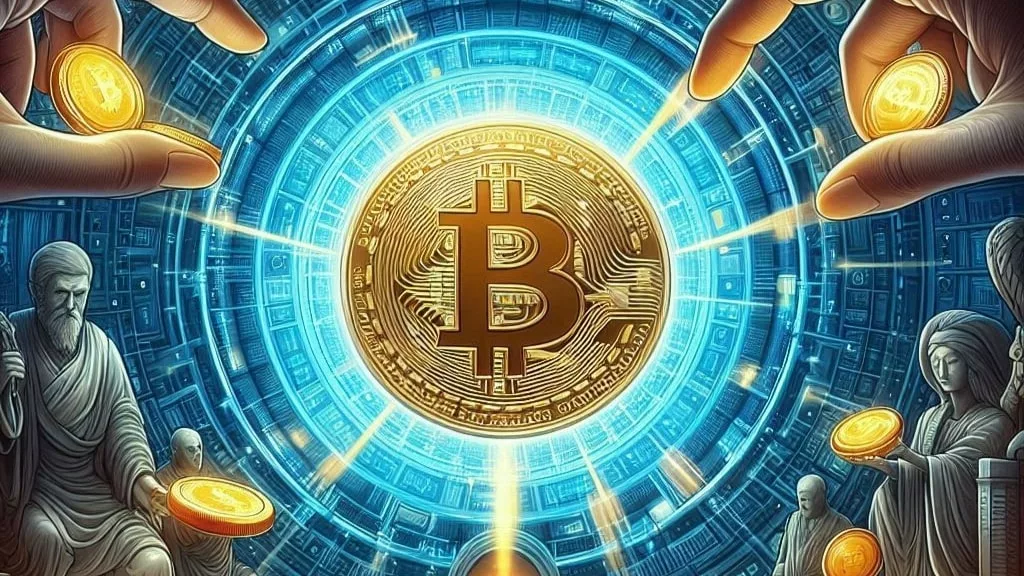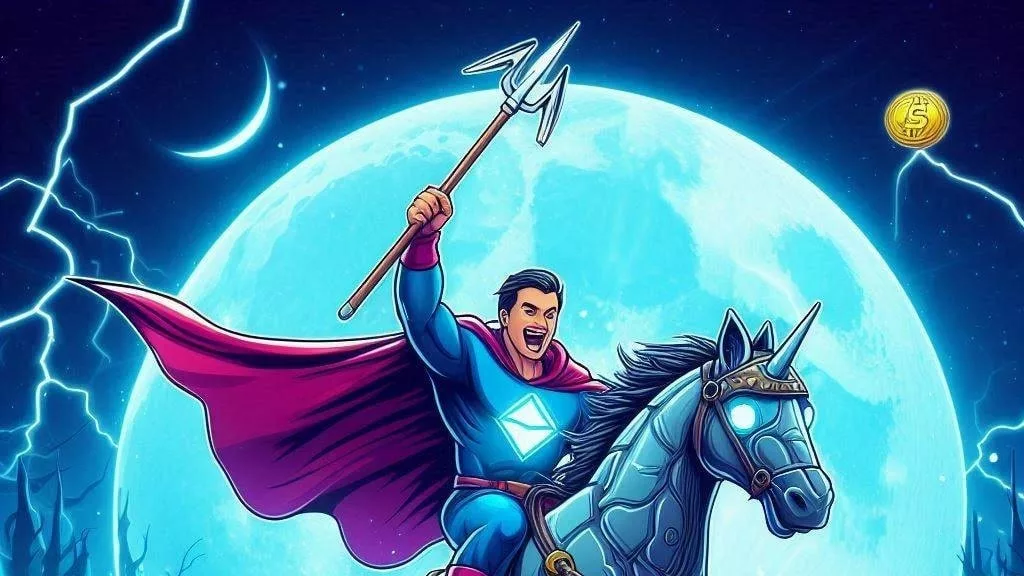
Former U.S. President Donald Trump has increasingly positioned himself as a supporter of Bitcoin and cryptocurrency. His recent appearances at events such as the Bitcoin conference in Nashville, where he frequently speaks about Bitcoin, highlight this shift in attitude. Trump has even credited his children for teaching him about crypto. However, one of his most attention-grabbing statements came during this conference: if he is re-elected as president, he plans to establish a national Bitcoin reserve using Bitcoin seized by the U.S. government. But is such a move realistic, or is it just political hype?
As of today, the U.S. government holds around 203,236 BTC, according to data from Arkham, amounting to a staggering $13 billion. While this may seem significant, it only accounts for about 1% of the total Bitcoin supply. Trump’s idea of creating a national Bitcoin reserve out of these seized assets raises several important questions.
Most of the government’s Bitcoin comes from criminal cases, particularly high-profile hacks and the Silk Road shutdown. A closer look at the government’s holdings reveals that a substantial portion may not even be theirs to keep in the long term.
In 2016, the crypto exchange Bitfinex was hacked, resulting in the theft of 119,256 BTC—worth about $72 million at the time. However, the value of these stolen funds has ballooned to nearly $7.7 billion in today’s market. The U.S. government managed to recover 94,643 BTC from this hack in 2022, with another 15,085 BTC transferred to government wallets later. In total, the Bitfinex hack contributed 109,728 BTC to the government’s Bitcoin holdings.
Despite this recovery, the ownership of these coins is a complicated issue. Bitfinex compensated its users after the hack, making the exchange the sole victim. If and when these coins are returned to Bitfinex, the government’s Bitcoin stash could shrink dramatically, leaving it with 93,511 BTC—less than half of its original holdings.
The infamous Silk Road case is another major source of the U.S. government’s Bitcoin holdings. In 2020, the government seized 69,370 BTC from individuals linked to the Silk Road black market. However, legal proceedings surrounding this seizure are still ongoing. Just last week, a court ruled that the government could sell these Silk Road-seized coins, reducing the government’s Bitcoin holdings even further.
If the U.S. sells these coins, its stash would drop to just 24,141 BTC—worth approximately $1.5 billion at current prices of $64,754 per Bitcoin.
Trump’s proposal to create a Bitcoin reserve comes against the backdrop of America’s staggering national debt, which has ballooned to more than $33 trillion. To put things into perspective, the interest on U.S. debt alone costs around $3 billion per day. Even if the U.S. government retained its entire Bitcoin stash, the current value would barely cover half a day of the country’s debt interest.
Given these figures, using Bitcoin to address the country’s debt crisis seems far-fetched. The limited amount of Bitcoin under the government’s control would hardly make a dent in the U.S.’s massive financial obligations.
Although Trump’s vision of a U.S. Bitcoin reserve may appeal to crypto enthusiasts, there are substantial hurdles in making it a reality. As seen in the Bitfinex and Silk Road cases, much of the Bitcoin held by the U.S. government could be claimed by other parties or sold off.
Additionally, the notion of a strategic Bitcoin reserve faces broader challenges. Cryptocurrency is still a relatively volatile and speculative asset, and its place within national financial strategies remains uncharted territory. While countries like El Salvador have embraced Bitcoin as legal tender, larger economies like the U.S. would require comprehensive legal frameworks and public acceptance to create a true national reserve.
Donald Trump isn’t the only political figure in the U.S. with a pro-crypto stance. Senator Cynthia Lummis has also emerged as a strong advocate for Bitcoin, proposing that the U.S. should buy 1 million Bitcoin to position itself strategically in the digital economy. While Trump’s vision may grab headlines, Lummis’s suggestion further highlights that cryptocurrency is becoming an increasingly central topic in U.S. politics.
Trump’s vision for a Bitcoin reserve may excite the crypto community, but its practical implementation is riddled with challenges. The U.S. government’s actual Bitcoin holdings could shrink significantly, and even in its entirety, they would not be enough to address the country’s financial problems in a meaningful way. Still, the mere mention of such an idea indicates that Bitcoin is gaining more prominence in discussions about the future of national and global economies. For now, it remains to be seen whether Trump’s plan is feasible or just political hype.




Get the latest Crypto & Blockchain News in your inbox.